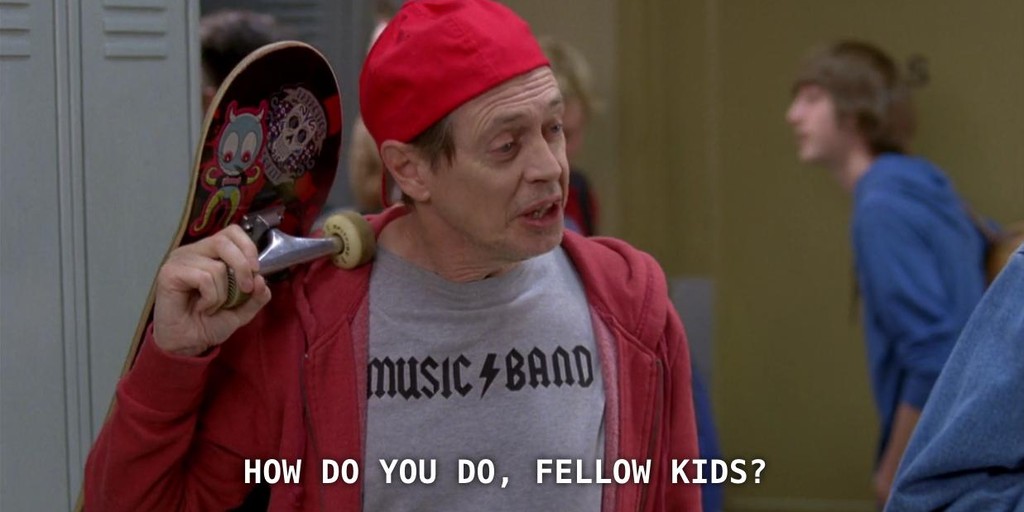 “Rad!”
“Rad!”
“Ace!”
“Groovy!”
Remember when people used these words to describe something worthy of praise or approval? Dad used to physically cringe at those TV ads for Hardware House (remember them?) about 15 years ago, with that jingle they had:
“Gee it’s grouse at Hardware House!”
“That word”, Dad would say “it’s so bogan! I used to hate it whenever I’d hear someone call something “grouse”- I don’t know why they’d use it in that ad?”
In case you missed it? Lately I’ve been talking about the difference between making a real connection with your intended audience vs. trying too hard- and coming off as embarrassingly out of touch in the process…
As just one example, check out this excerpt from last years’ Presidential campaign, where Hillary Clinton awkwardly shoe-horns a reference to the popular mobile app game ‘Pokemon GO!’ during a speech, as she tries to engage her (mostly) youth audience:
The better you understand your audience and speak their lingo?
The better connection you make with them and the more powerful your message.
But when it’s obvious you’re “trying too hard”?
Well, that has the opposite effect! At that point, people distrust your motives, and you risk alienating your intended audience completely. Understanding them isn’t a difficult game.
Here’s 3 Ways To Cut The Cringe And Be “The Real Deal”:
#1. Listen. Who are you talking to? What else do they buy? What do they do in their spare time? How do they talk? What pop- culture references do they understand?
#2. You Don’t Know Everything. If you haven’t got all the answers, don’t pretend to. This also makes it easier for you to establish your niche and position yourself in the very centre of it. Stepping beyond your area of knowledge or pretending to fully “get” the people you’re speaking to carries the risk of back-firing- and the cost if you get caught out of your depth is too big a price to pay. It’s ok to admit you don’t know what they’re talking about. It’s alright to ask questions. People are more impressed by your willingness to find out more about them than if you slot yourself in and act like you’re “one of us”…
#3. Easy does it. In short? Don’t try too hard. Less is more. Even if you’ve taken care of Steps 1 and 2, going over the top makes it look like you’re trying too hard to sell yourself and make a good impression…
Don’t call yourself an entrepreneur- let other people give you that title.
Don’t big-note your bank balance- let those astute enough connect the dots for themselves.
Sharing your wins (and your story) is fine, but don’t consciously try to sound like the next (insert name here).
Seriously- if I had a dollar for every time I see someone use words like “entrepreneur”, “lifestyle” or “hustle”- I’d never need to work another day in my life-
And I’m still 31!
Show, don’t tell.
Attracting the most valuable people to your business requires an ongoing dialogue. It usually involves several conversations and a deeper understanding of their needs vs. what you provide and who you are before they show you the money. But… considering the ultimate dollar value of these relationships?
When done right- they’re well worth the extra time and the effort you invest!
So- if you want to start conversations that convert- 100% free of smoke, mirrors or “How do you do, fellow kids”- let’s talk!
0 Comments